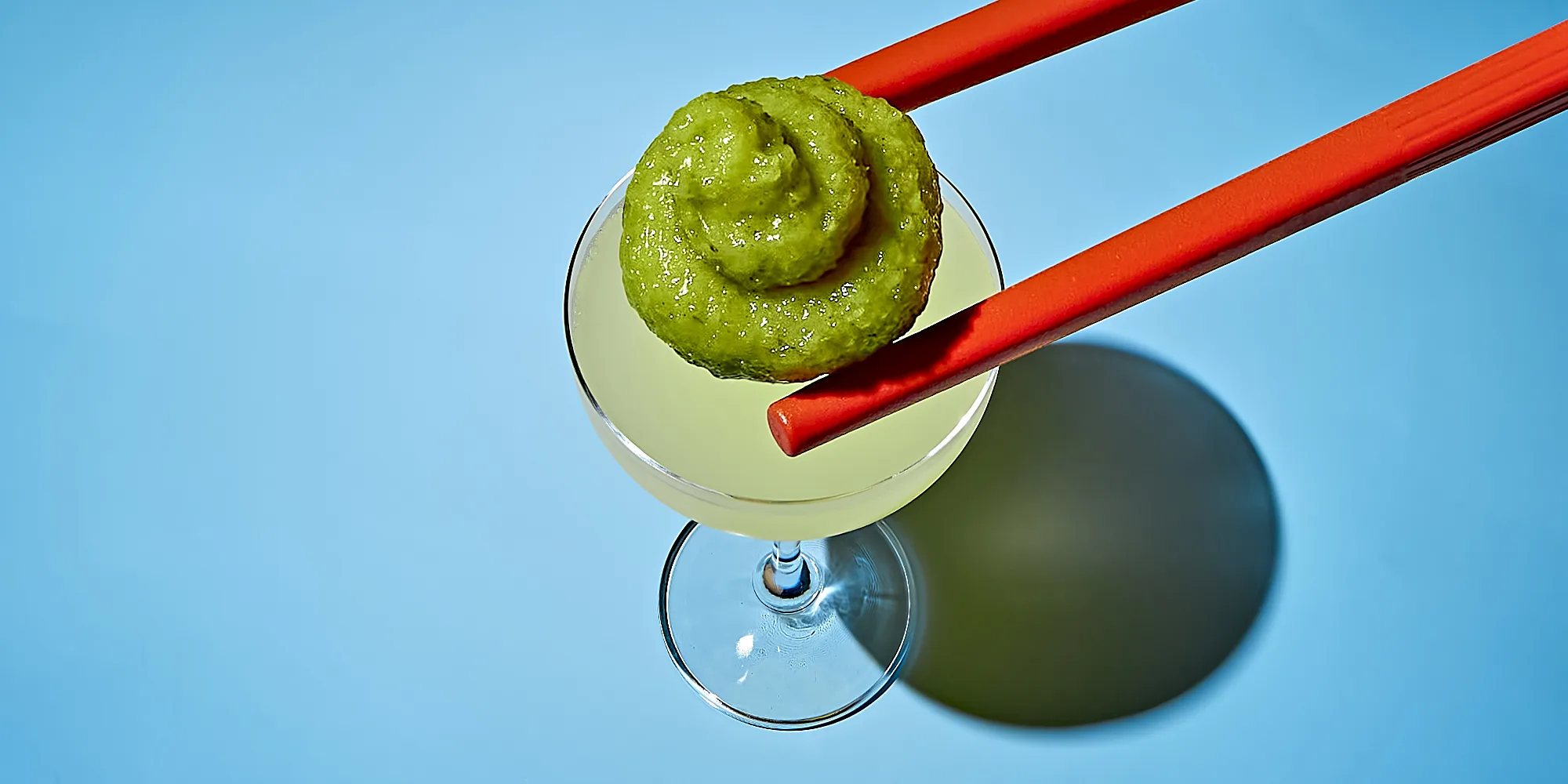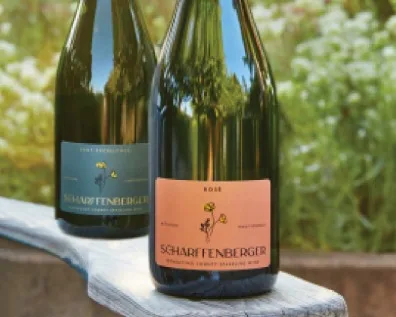We hate to break it to you, but that green mush you’re squeezing from a packet onto your spicy tuna roll isn’t actual wasabi. An astounding percentage of “wasabi” served with sushi outside of Japan — between 95 and 99 percent of it — is actually a mix of horseradish, mustard, and green food coloring. There’s a reason we still add the stuff to our choice slices of sashimi, though: Horseradish, just like wasabi, provides a sinus-clearing spice that fades quickly, balancing the delicate taste of the fish without overpowering it. But why not just use proper wasabi?
Well, it’s notoriously difficult to grow, making it a scarce resource that is also pretty damn expensive. The vast majority of the finicky root is cultivated in Japan, hence its name, Wasabia japonica. However, in recent years, Iceland has emerged as an unexpected second home for the plant, and what’s being deemed Nordic wasabi is quickly becoming a prized ingredient in the country’s gastronomic landscape. Now, you’d be hard-pressed to take a seat at one of Reykjavik’s many acclaimed fine-dining restaurants and not see the stuff shaved atop a dish or drizzled on in oil form. Forward-thinking bartenders are also embracing the punchy, vegetal spice that Nordic wasabi brings, offering a fresh take on the fiery root in cocktail format.
From the Soil to the Greenhouse
Traditionally found along Japan’s cool, rushing rivers, the wasabi plant requires specific conditions: clean and cold water, high humidity, and shade. Iceland, with its dramatic and untamed






